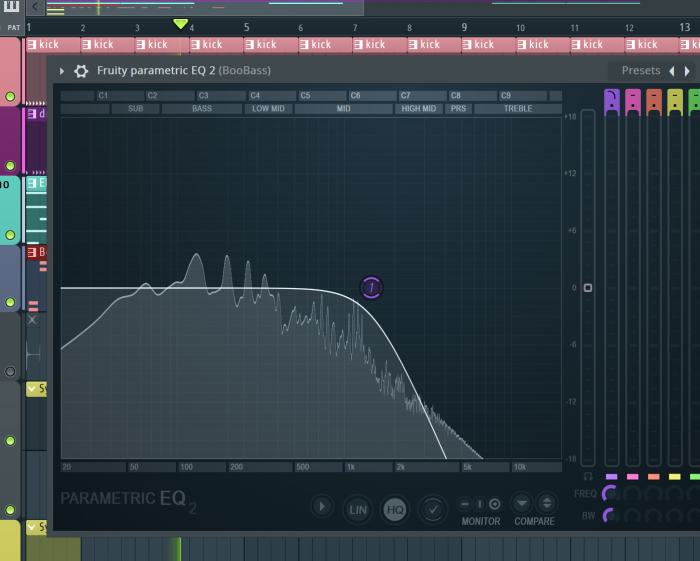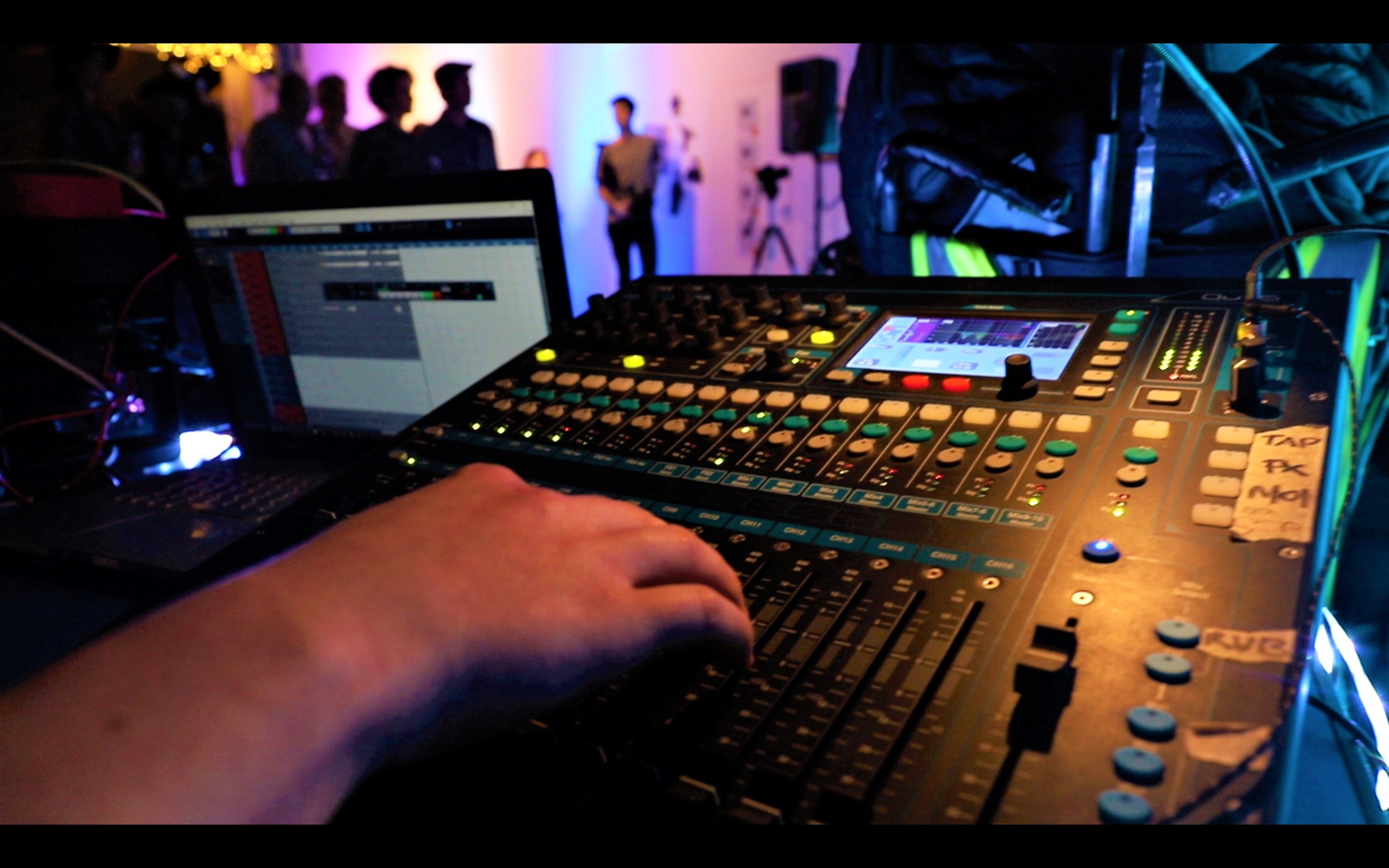Smart ways to use a low pass filter in your mix
What is a low pass filter? Make smart mixing moves with these useful tips for how to use low pass EQ in your music production.
Are you making the right EQ cuts in your music tracks? No idea what that means? Step this way to learn more about how to use a low pass filter and improve the sound of your music production.
The power of a low pass filter is sometimes forgotten, with producers automatically turning to high pass filters instead. But what does a low pass EQ do? Identify the best times to use a low pass filter with our quick tips.
What is a low pass filter?
A low pass filter is a type of EQ cut. Sometimes referred to as LPF, it’s a band setting you see on EQ plugins. Apply a low pass filter and the cut slopes down to the right of the EQ.

What does a low pass filter do?
The human ear can hear frequencies from about 20 Hz to 20000 Hz (20 kHz). Once applied, a low pass filter allows only the frequencies of your track that are below a certain frequency on the spectrum to pass through. You hear more of the low-end of sounds.
What’s so good about it?
Move sounds around in the mix with a LPF
One neat technique using a low pass filter creates the effect of a sound seeming further away from the listener than other unfiltered sounds. Notice that using a low pass filter makes the instrument seem as if it is sitting at the back, giving your mix a sense of depth, rather than all the sounds crowding at the front of the mix.
Separate out the sounds in the mix
What sits where in the mix? The frequency spectrum moves from bass at the bottom to sounds like vocals at the top. Instruments that are closer together on the spectrum can clash, creating a muddy, soupy effect.
One instrument might be taking up a larger area in the frequency spectrum than needed, bleeding onto other sounds. When using a low pass filter, you’re filtering out the inaudible frequencies from each sound so they don’t interfere with frequencies occupied by other instruments. Different sounds suddenly stand out much better than before.
Remove noise
Clean up your mix. A low pass filter is pretty effective at removing fuzz from recording. Placing the cutoff at the point where the hissing, or “noise”, is most noticeable will make for a clearer, more exact tone from the instrument.
Bring out certain instruments
A bass guitar is one instrument that loves a bit of low pass filtering. Sitting at the low end of the spectrum, applying a LPF means all those low frequencies pass through the filter with more clarity and oomph.
EQ’ing is mostly about making small smart cuts to keep interesting harmonics present, but still making sure everything blends in well together.
Beware: make sure you’re using your ears rather than your eyes when working with filters, as the visuals of a frequency spectrum can trick you into thinking you need to cut more than you do.
